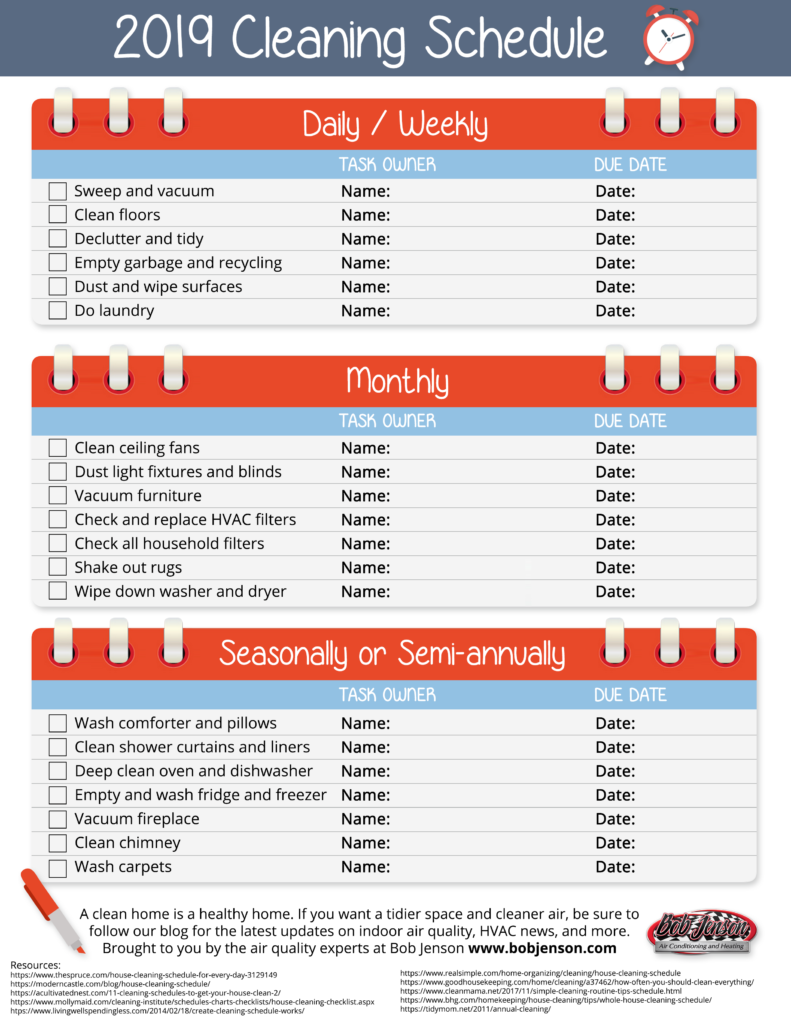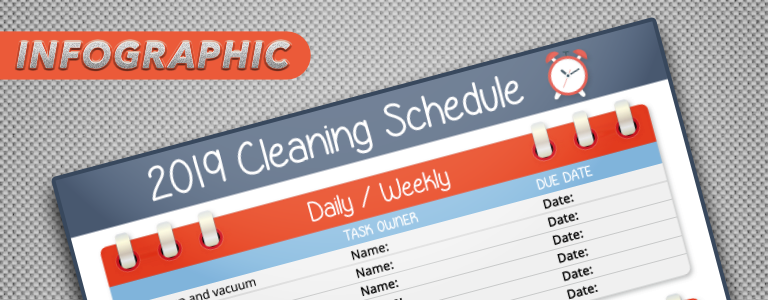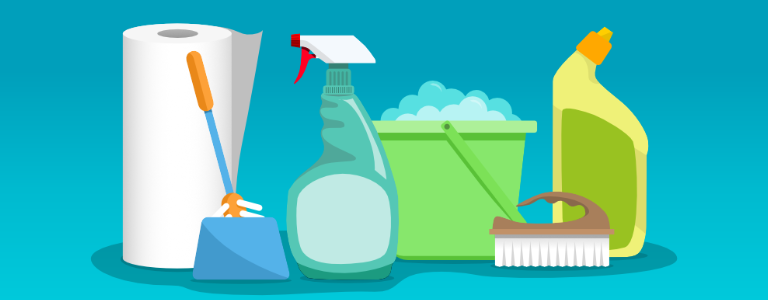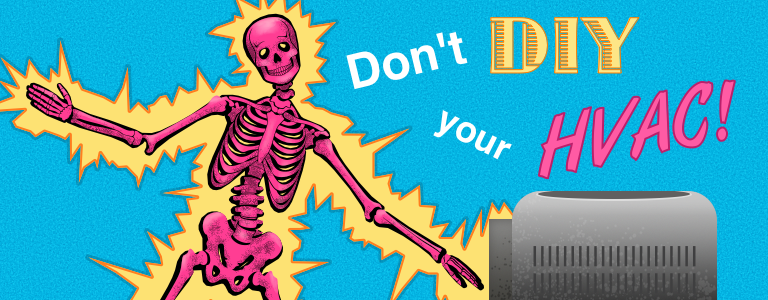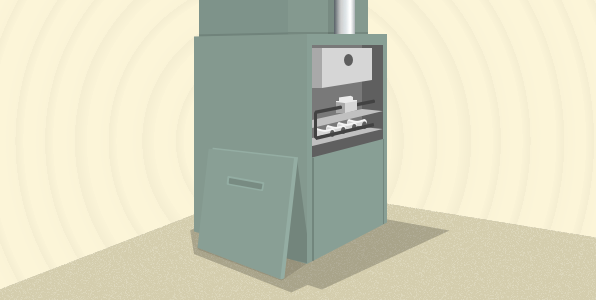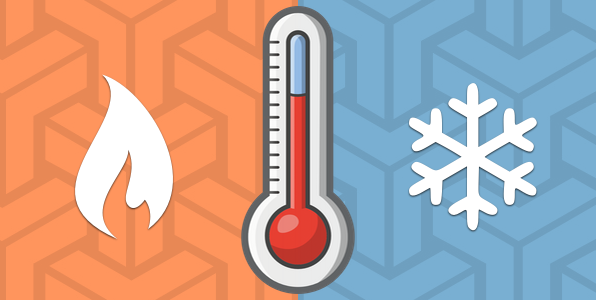Meet Marty, a skilled and trusted HVAC technician who lives in San Diego. Working for Bob Jenson Air Conditioning & Heating, an established family business in the San Diego area, means that he calls the whole county his service area. No two days are alike at Marty’s job, and he’d be the first to tell you that every call requires good communication skills, resourceful thinking, and quality training. Above all, he prioritizes his customers above all else.
Come along with Marty to learn what a day in the life of an HVAC technician looks like!
7:30-8:30 a.m.
Marty starts his morning by driving to the office and meets with his Service Manager. He learns which clients require service that day and after a quick appraisal of the day’s jobs, Marty grabs the required gear and safety equipment. Restocking the work van, cleaning and gathering the needed parts and filters takes a few minutes, and then Marty drives to the first location.
8:30-9:30 a.m.
The first stop of the day is a common task for Marty: performing a regular maintenance check on a customer’s HVAC system. Rhonda, who lives in La Jolla, is a decades-long client, partially because of the excellent customer service and the consistency of high-quality work she’s received from Bob Jenson.
Marty asks if Rhonda has noticed any heating or cooling issues over the past year and after confirming she hasn’t, Marty continues his inspection. He discovers a part that appears to be malfunctioning slightly and takes note to show Rhonda right away.
Marty get Rhonda’s approval to order the new part and documents the expected arrival date on Rhonda’s paperwork and reviews his maintenance check with her before wishing her well and moving on to his second client of the day.
9:30 a.m.-12:30 p.m.
The installation of an HVAC unit at a new microbrewery opening up in North County will take the better part of his day, so Marty joins several other colleagues who are already on-site to help with the install.
Because this is building is still under construction, Marty will have to work in cramped quarters and in very cold crawlspaces and ceilings. Marty’s years of experience interpreting blueprints and working to exact specification means he is able to work quickly and efficiently. He’s reminded of a similar installation that took place this past July, in which he helped install rooftop chillers and air conditioning units in a new build across town—incredibly sweaty work!
In the mid-afternoon, Marty gets a call from his supervisor letting him know a nearby customer is having issues maintaining temperature in his home. After he finishes some wiring, he cleans himself up and hops back into the van to visit that client.
12:30 p.m.-1:30 p.m.
Marty Grabs a quick bite to eat on the way to his next call, he knows all the good spots around San Diego!
1:30 p.m.-3:30 p.m.
After arriving on the call and having a brief discussion with Ernesto, the Imperial Beach resident who is having issues keeping his house warm, Marty investigates several possible causes of the problem. He checks that the thermostat is in working order. He performs visual inspections for leaks in the pipes and defective joints in the ductwork. He methodically checks the safety components that would stop the unit from working. Finally, he disassembles part of the HVAC equipment and finds the problem. It’s a simple fix for Marty and his tool bag, but not one that the average person could repair on his own. (While it’s tempting to DIY, many times, it’s best to let HVAC professionals handle repairs and maintenance.)
Marty then provides an efficiency check to ensure that Ernesto’s system is operating as it should. Ernesto is happy when warm air once again flows into his home! Marty cleans up and receives payment, he checks if there is anything else he can do and also recommends particular thermostat settings to keep his home warm and comfortable all winter long. Finally he leaves a review card for Ernesto to be able to leave a review online, he knows how valuable a review from a happy customer can be for himself and the company!
3:30-4:30 p.m.
Marty returns to the office to submit his daily paperwork and returns the borrowed tools and equipment to the office. His service manager lets him know, Ernesto has already left a great review! After getting some kudos, he grabs his personal tools that he wishes to take home with him and signs out, satisfied with another rewarding day of keeping his skills sharp and helping his customers stay comfortable.
Of course, temperature control systems can break down at any point on any day, and in such emergencies, they need to be fixed right away in order to protect people’s health and safety, as well as keep clients comfortable. Like his co-workers, Marty sometimes has to squeeze in unexpected calls, work late and can be on call some weekends in order to assist customers with breakdowns and time-sensitive issues with HVAC systems.
If you have further questions about HVAC services or want to schedule a consultation with one of our skilled techs, call Bob Jenson today. Don’t ask for Marty though, he’s just an example technician! Bob Jenson A/C has been serving the San Diego area since the late 1970s and has continued to be a trusted provider today.
